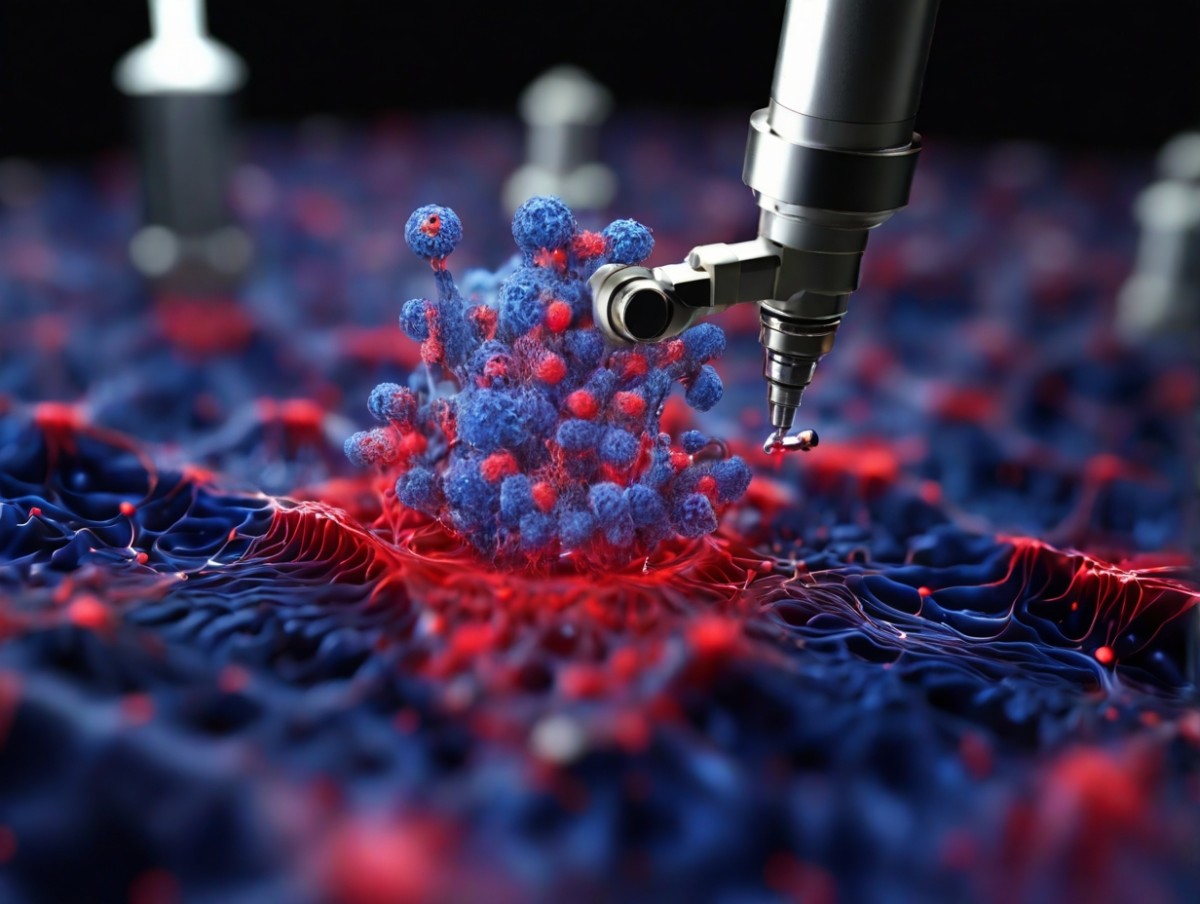In a groundbreaking development, scientists at the University of Illinois Urbana-Champaign have harnessed the power of artificial intelligence (AI) to revolutionize Atomic Force Microscopy (AFM). AFM, a staple in nanotechnology, has long been hindered by the limitations imposed by the size of its probe, constraining the resolution of material surfaces it can accurately map in three dimensions.
The research team, led by Professor Yingjie Zhang from the materials science & engineering department, has devised a deep learning algorithm to overcome this limitation. Detailed in the esteemed journal Nano Letters, their AI innovation outshines existing methods, enabling microscopes to delineate material features smaller than the probe’s tip with unparalleled accuracy.
AI decoding the depths with deep learning
At the heart of their breakthrough lies an encoder-decoder framework meticulously trained to eliminate the probe’s width effects from AFM images. Lalith Bonagiri, the study’s lead author and a graduate student in Zhang’s group, emphasized the significance of this AI-driven approach, which meticulously encodes raw AFM images, strips away undesired effects, and decodes them into precise representations of material surfaces.
Traditionally, microscopy techniques have largely been confined to providing two-dimensional snapshots of material surfaces. However, AFM stands out by delivering comprehensive topographical maps, showcasing the height profiles of surface features. Yet, when surface features approach the scale of the probe’s tip – approximately 10 nanometers – the microscope’s resolution falters. Zhang’s team has boldly tackled this challenge head-on, offering a deterministic solution that defies conventional limitations.
Training for transformation
Researchers generated artificial images of intricate three-dimensional structures and simulated AFM readouts to train their algorithm. The algorithm was meticulously crafted to manipulate these simulated AFM images, extracting the underlying features obscured by the probe’s size effects. Bonagiri highlighted the unconventional approach, particularly the decision to forgo typical AI image processing steps to retain absolute brightness and contrast, enhancing the algorithm’s efficacy.
In a compelling demonstration of their AI’s prowess, the team synthesized gold and palladium nanoparticles with precisely known dimensions on a silicon substrate. Remarkably, the algorithm seamlessly eradicated probe tip effects, accurately identifying and characterizing the nanoparticles’ intricate three-dimensional features. Zhang emphasized that while this achievement marks a significant milestone, it merely scratches the surface of AI’s potential in advancing AFM capabilities.
Looking ahead, the trajectory is clear – refinement and expansion. Zhang envisions further enhancements through continued training on more extensive and diverse datasets. As with all AI algorithms, iterative improvements are on the horizon, promising even greater strides in unraveling the mysteries of nanoscale landscapes.
The fusion of AI and AFM spearheaded by the University of Illinois Urbana-Champaign heralds a new era in nanoscale imaging. By transcending the limitations of conventional methodologies, this groundbreaking research promises unprecedented insights into material and biological systems and paves the way for transformative advancements in nanoelectronics development.





